Boundary Markers of Permitted Burial Grounds
Home > Boundary Markers of Permitted Burial Grounds
Boundary Markers of Permitted Burial Grounds
"Project for Setting Out the Boundaries of Permitted Burial Grounds in the New Territories with Boundary Markers"
The Home Affairs Department has implemented a series of measures in recent years to assist applicants for the Certificate for Burial in identifying the areas and boundaries of Permitted Burial Grounds ("PBGs"), including the "Project for Setting Out the Boundaries of Permitted Burial Grounds in the New Territories with Boundary Markers" launched in 2018, which has erected markers at the boundaries of PBGs of higher usage.
There are five types of boundary markers. The type of marker used depends on the topography and surroundings of the location where the marker is erected.
Five types of boundary markers:
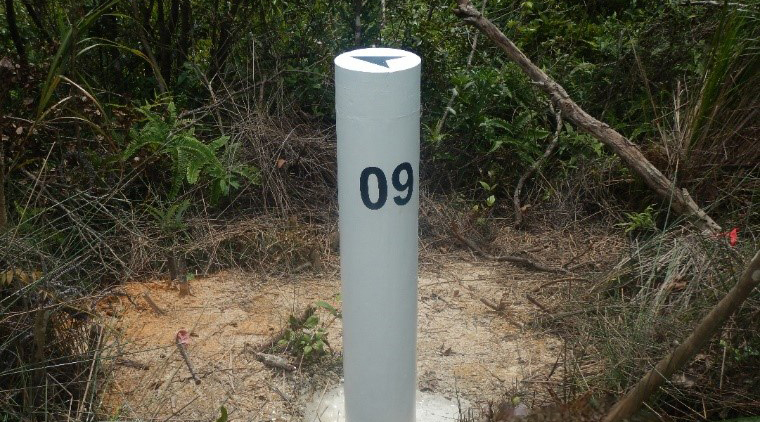
Type A
Type A marker, about 0.18 m in diameter and 1 m in height, is made of reinforced concrete and bears a number with an arrow pointing towards the PBG area.
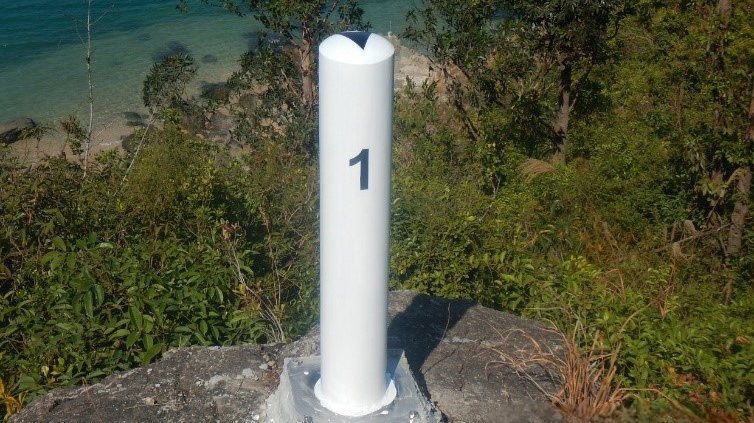
Type B
Type B marker, about 0.15 m in diameter and 1 m in height, is made of stainless steel and bears a number with an arrow pointing towards the PBG area.
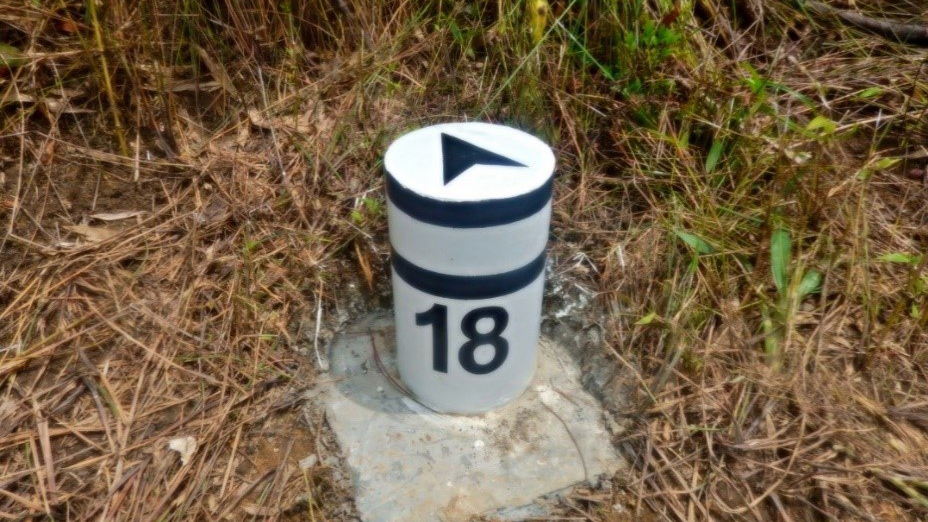
Type C
Type C marker, about 0.18 m in diameter and 0.3 m in height, is made of reinforced concrete and bears a number with an arrow pointing towards the PBG area.
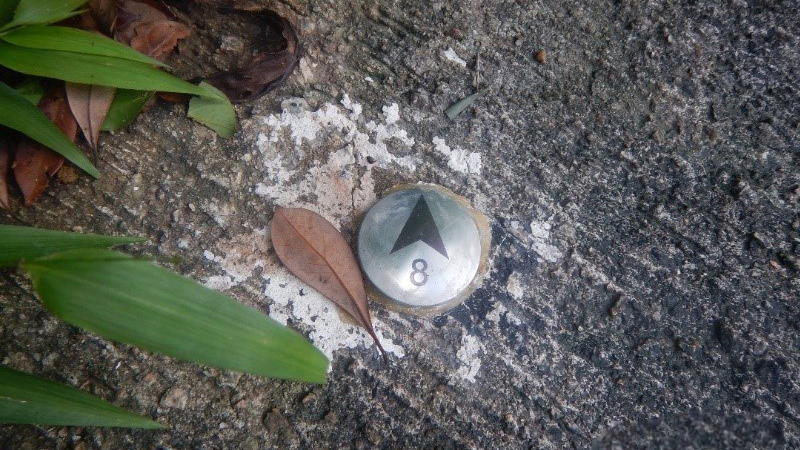
Type D
Type D marker, about 0.05 m in diameter and in the shape of a mushroom, is made of stainless steel and bears a number with an arrow pointing towards the PBG area.
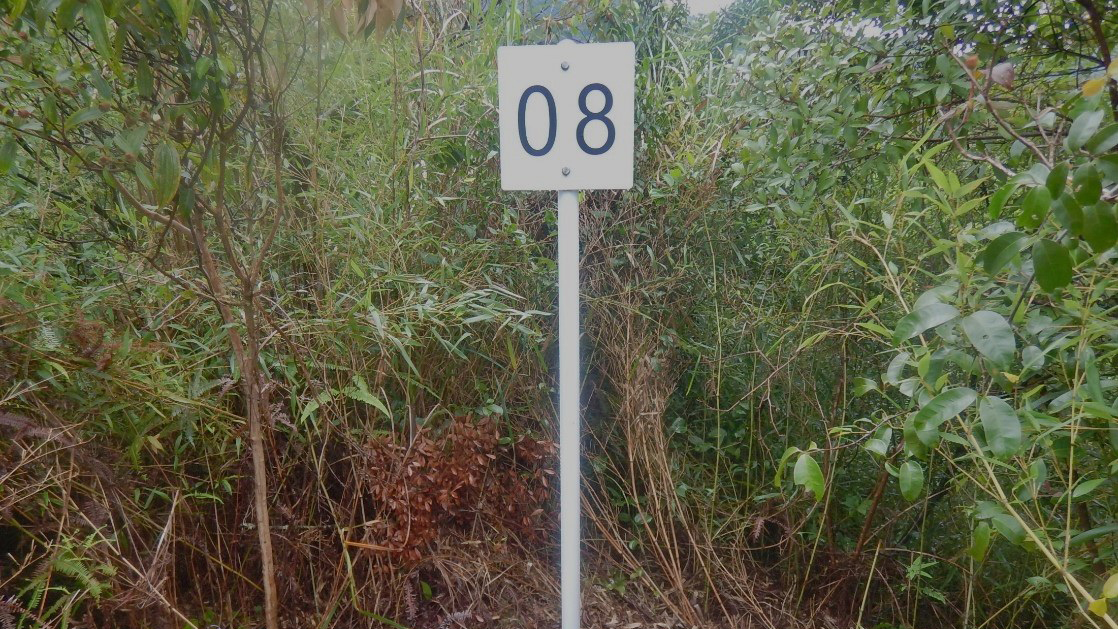
Type E
Type E marker comprises a metal post about 0.05 m in diameter and 2 m in height, and a metal plate about 0.3 m in length and width. The metal plate bears a number and faces the PBG area.
